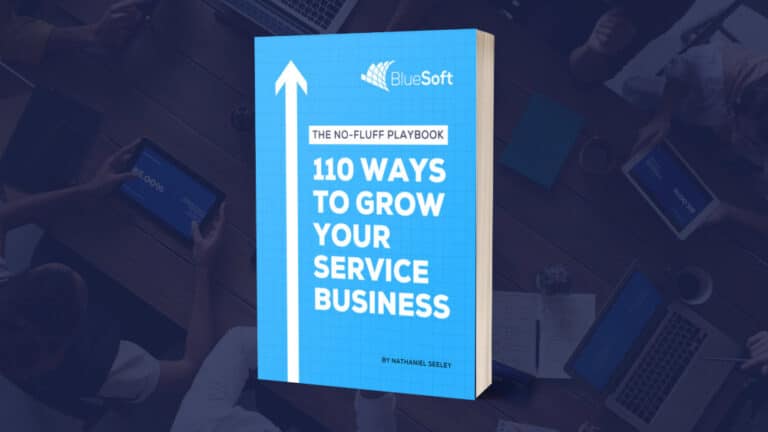When you hear the term, “the future is digital”, it’s 100% true. To survive and thrive in the online marketing world, one thing you have to master is web design. Your website is a reflection of the work you put forward and it acts as a digital banner that will attract users to your business.
When you interact with people in person, there are many ways you can persuade and attract them to invest in your business. When it comes to digital marketing the first point of interaction between your company and potential customers is your website.
It is crucial that your website be of top-notch quality and should cover all essentials that your company stands for.
When creating a website from scratch it can be difficult to distinguish between what is important and what is unnecessary. To narrow it down and to create a guideline for your website you can make use of these four easy-to-remember points.
- Your website design should attract and grab the attention of any visitor that lands on your page.
- Your website structure should specifically highlight what your company stands for.
- Your website should translate to your brand’s effectiveness and authority.
- Your website should turn visitors into customers. This point will dictate the future of your business. Visitors are great but paying customers are the target audience.
Web design itself consists of a number of variables like graphics, SEO (search engine optimization), content and more. Web design is just one of the most important steps when it comes to online marketing but you must remember that there are other steps that require the same amount of attention.
The Essentials of Effective Web Design
All digital marketing really is, is ‘Planning’. If you can execute your plan down to a tee, then your chances of failure are extremely slim.
A well-created, user-friendly web design is what will connect all the dots in your digital marketing plan.
Let’s look at five tips regarding web design that can help shape your online marketing journey:
1. Branding
The phrase, ‘Don’t judge a book by its cover’ does not stand true when it comes to web design. Every visitor that comes across your page will immediately judge your business based on your website. A few things to consider include:
- Logos – When you think of McDonalds, you can immediately imagine its logo. Your website logo should be easy to remember but unique.
- Colors – Every color used in your web design should relate to your company. For example, if it’s a toy company, use cheery colors; if it’s pharmaceutical related then block colors are a great option.
- Fonts – Since you can’t verbally communicate, the font you use is of utmost importance. A change in font can help set the tone of your website.
- Images and thumbnails – A picture speaks a thousand words and pictures are extremely important. Add a few pictures and animations to your website to keep your audience engaged.
These are your make or break essentials and visitors will choose to stay or flee based on them.
2. User Experience
Everything being digital nowadays has taken a huge toll on the patience level of individuals.
- If your website has videos and images that take a while to load, visitors will be frustrated and will immediately leave.
- If your website does not include easy search and navigation options then they will leave. They do not want to have to scroll through your whole page. Instead they want quick results.
In order to form a consistent audience, it is key that you create a website with the consumer in mind. I recommend that you always view your website from a visitor point of view and make things as user-friendly as possible, for example, by including a search bar.
3. Search engine optimization (SEO) and content planning
How are visitors going to land on your page if it doesn’t show up when they search for their requirements? This is what SEO content is all about.
Quality content and the use of keywords are the two things that will act in your favor. If your content is unique, and your keywords relevant then your site will generate a good audience. Online marketing can become saturated with the same old content and that is why SEO is important.
Continuous creation of content can increase the traffic to your website. Not only that, but it also raises your ranking when it comes to search results.
4. Conversion rate optimization (CRO)
According to Hot Jar, it is the practice of increasing the percentage of users who perform a desired action on a website. That action could be filling out a form, subscribing to a newsletter or purchasing products.
A successful web design is one that combines SEO and CRO and can present itself in a way that will attract users.
5. Advertisement
Pay-per-click advertising is one of the most popular online marketing strategies. The ad you post should be in harmony with your website. Visitors shouldn’t feel ‘disconnected’ when they reach your site. In order for your advertisement to gain popularity, you have to pay the respective search engine a fee.
PPC is an effective way of driving traffic to your website and requires attention to detail. When designing your ad, you have to keep in mind how you will persuade the reader to visit your site. One tip is to keep the information short and engaging in order to attract users. For example, if you see an ad on ‘recycle old laptops and save the environment’, the choice of words is attractive and makes you feel as though you’re making a difference.
Conclusion
As mentioned before, when you create a website you should imagine yourself in the shoes of the visitor. Do surveys, take polls and learn what exactly the user responds to and remember the customer is always right.
Effective web design is the cornerstone of your digital marketing plan and its organization is what will attract users again and again.
Author Profile
Writer, spiritualist and artist, Tony Wright is a global citizen living where his spirits takes him. He’s a freelance writer working to earn for his travels. He writes what he experiences and sees.




